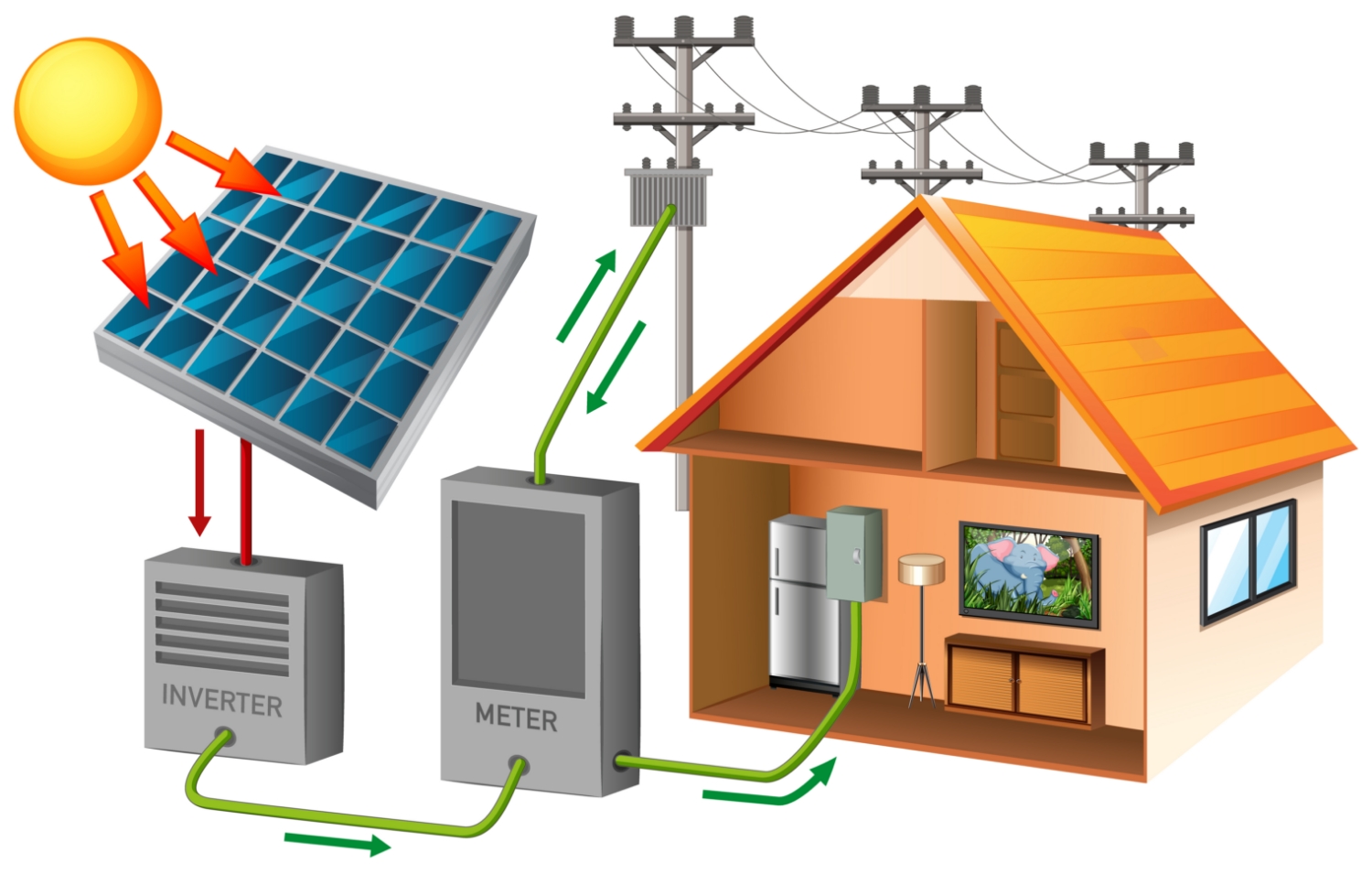South West Solar Panel Installers Learn More

The transition to renewable energy has never been more pertinent, and residential solar power stands at the forefront of this green revolution. But how does the entire system work? Let’s delve into the mechanics of harnessing the sun's energy right from your rooftop.
Solar panels, or photovoltaic cells, are devices that convert sunlight into electricity. When installed on rooftops, they maximize exposure to the sun, ensuring optimal energy generation. Here’s a simple breakdown:
These cells absorb photons (light particles) and release electrons, leading to the generation of direct current (DC) electricity.
Typically made from silicon, these cells can efficiently capture sunlight.
For optimal energy capture, panels should face the direction that receives the most sunlight, generally south in the northern hemisphere and north in the southern hemisphere.
Once the solar panels generate DC electricity, it needs to be converted into alternating current (AC) for home use. This is where the inverter comes into play.
The inverter transforms the DC electricity from the panels into AC electricity, which powers most household appliances.
While some systems use a single, centralized inverter, others use micro-inverters attached to each solar panel. This can improve efficiency by allowing each panel to operate independently.
What if you could store the surplus energy generated during the day to use at night? With solar batteries, this becomes a reality.
Batteries store excess energy, making it available for use during nighttime or cloudy days.
When the panels don’t produce enough electricity, the battery system automatically provides the necessary power, reducing reliance on the grid.
With the solar energy system in place, not only can households enjoy uninterrupted power, but they can also charge electric vehicles efficiently.
Solar energy can significantly cut electricity bills.
Use the green energy to charge your electric vehicles, ensuring a completely eco-friendly transport solution.
On particularly sunny days, your solar panels might produce more electricity than your home can use. This surplus can be sent back to the grid.
This process allows homeowners to sell excess electricity back to the utility company, often receiving credits in return.
When the solar system doesn’t produce enough electricity, you can draw power from the grid, ensuring an uninterrupted supply.
Contact us today about your energy saving project.